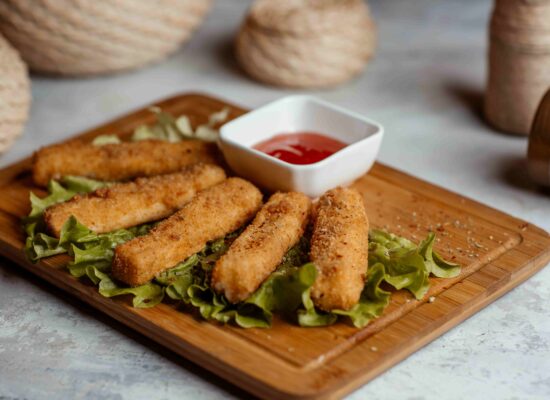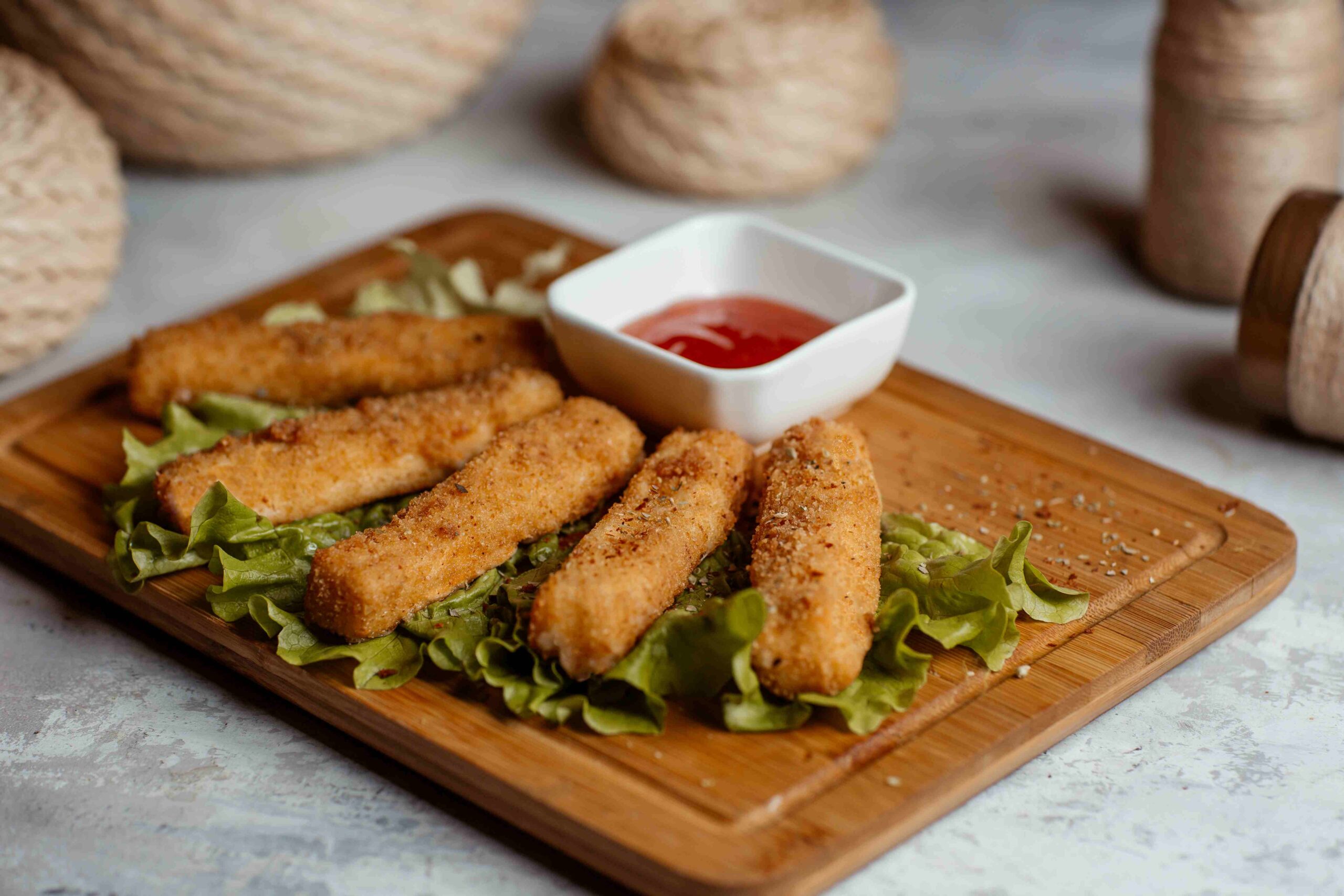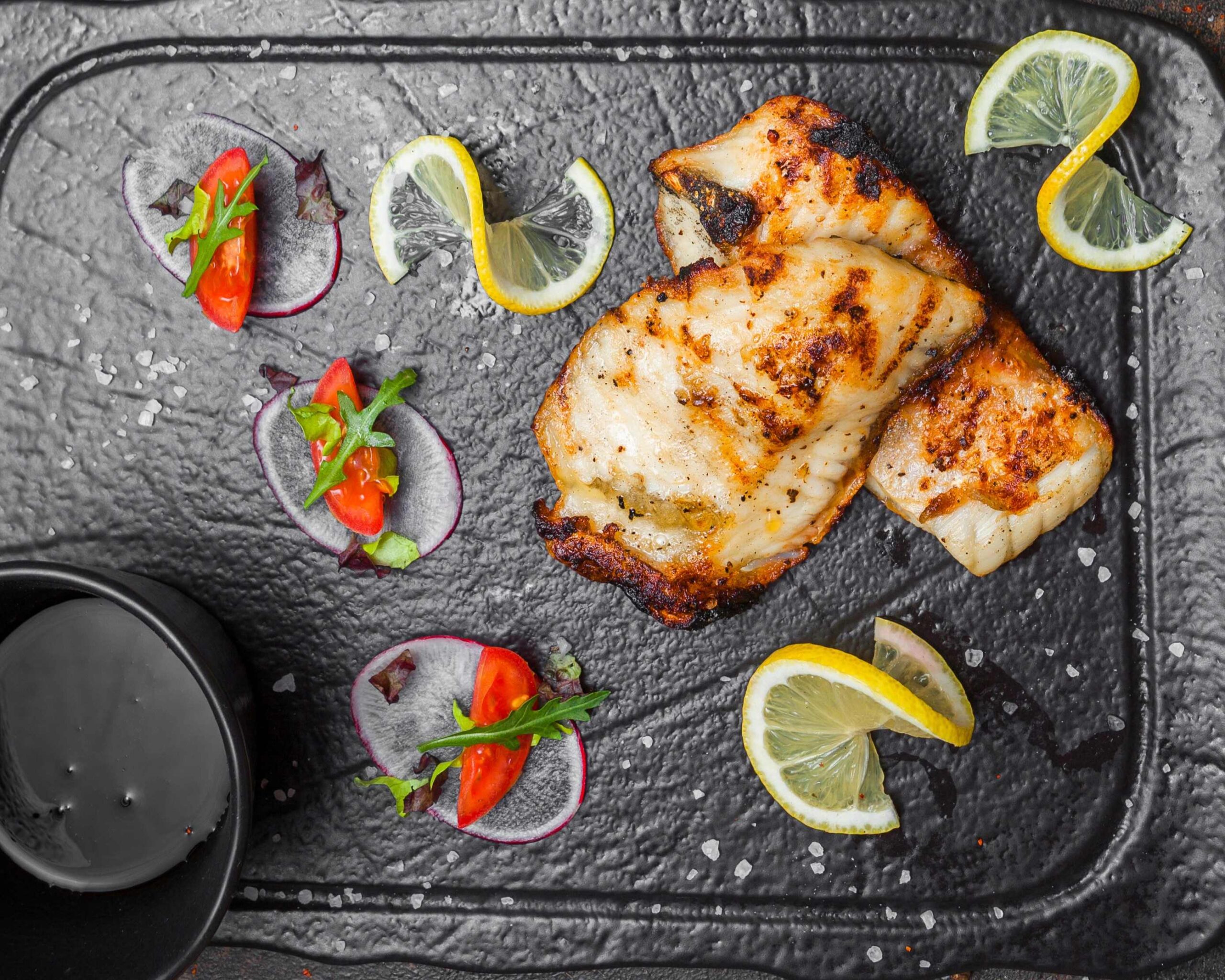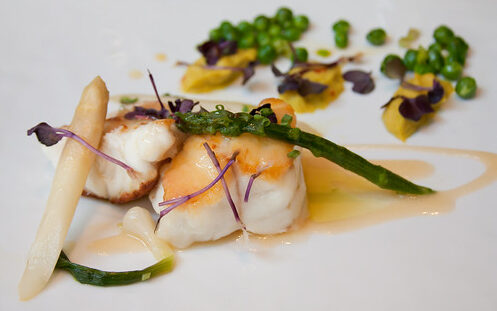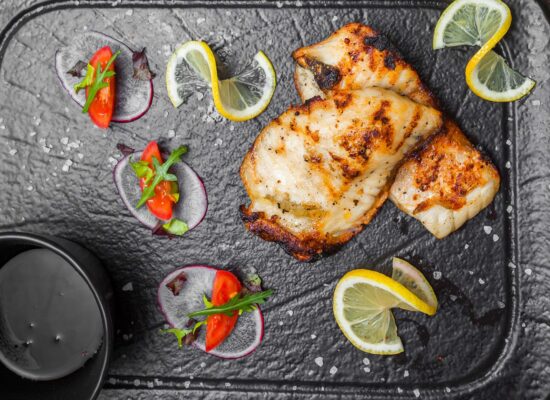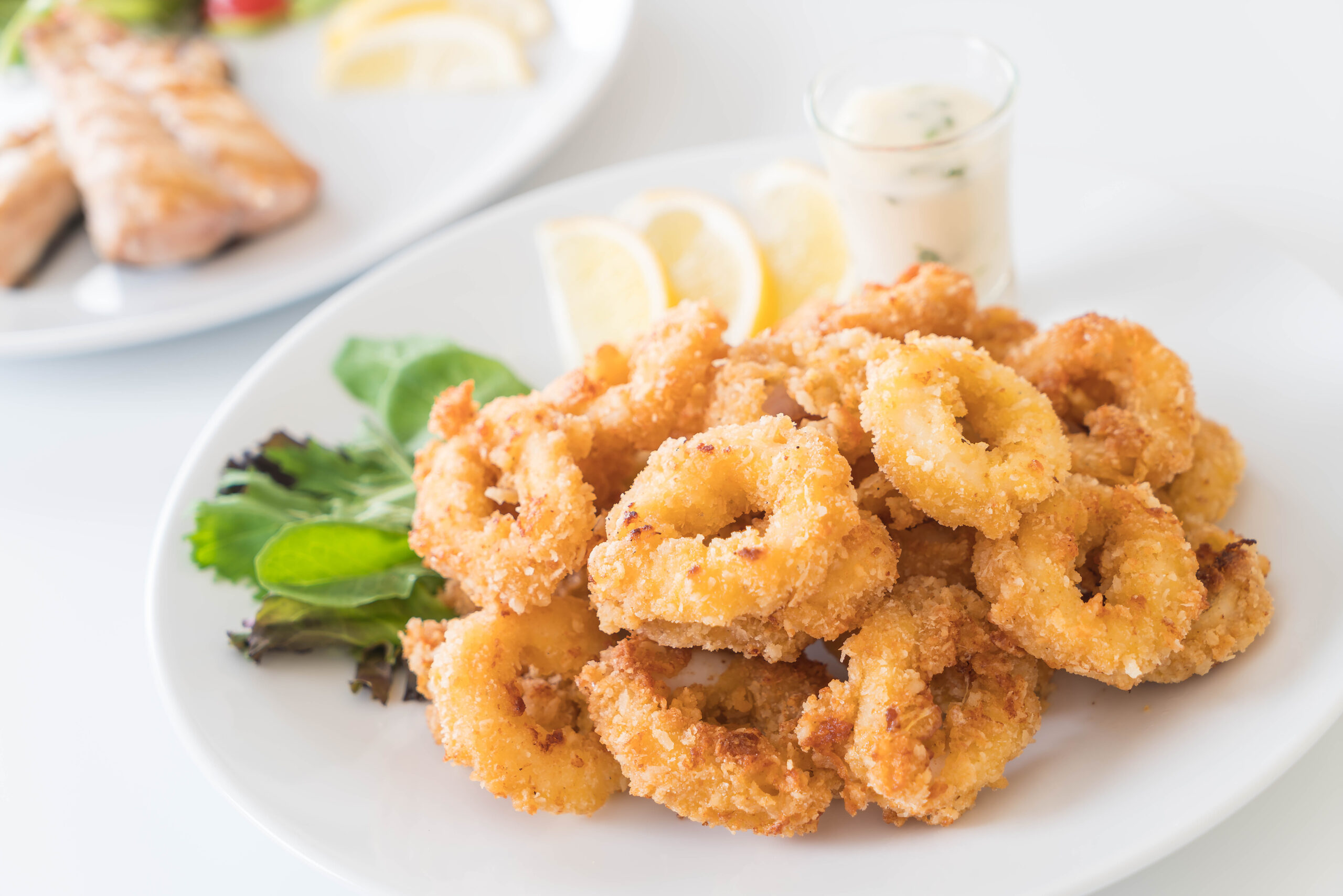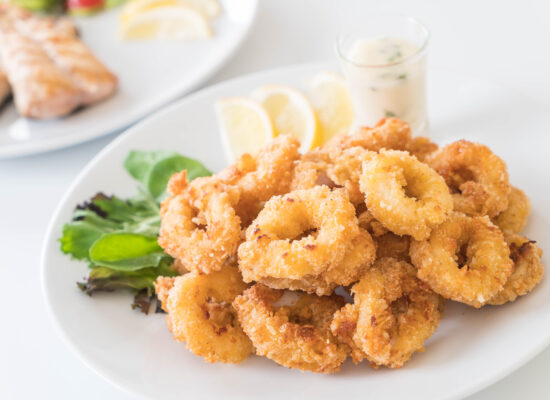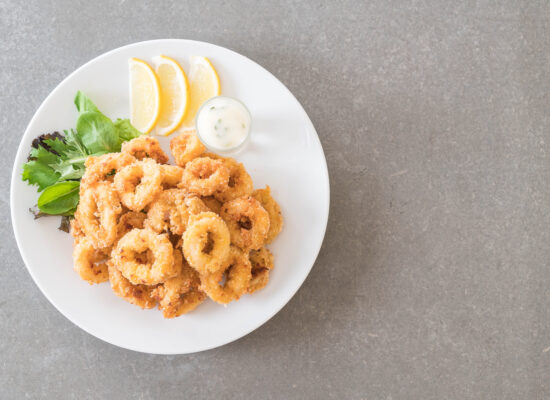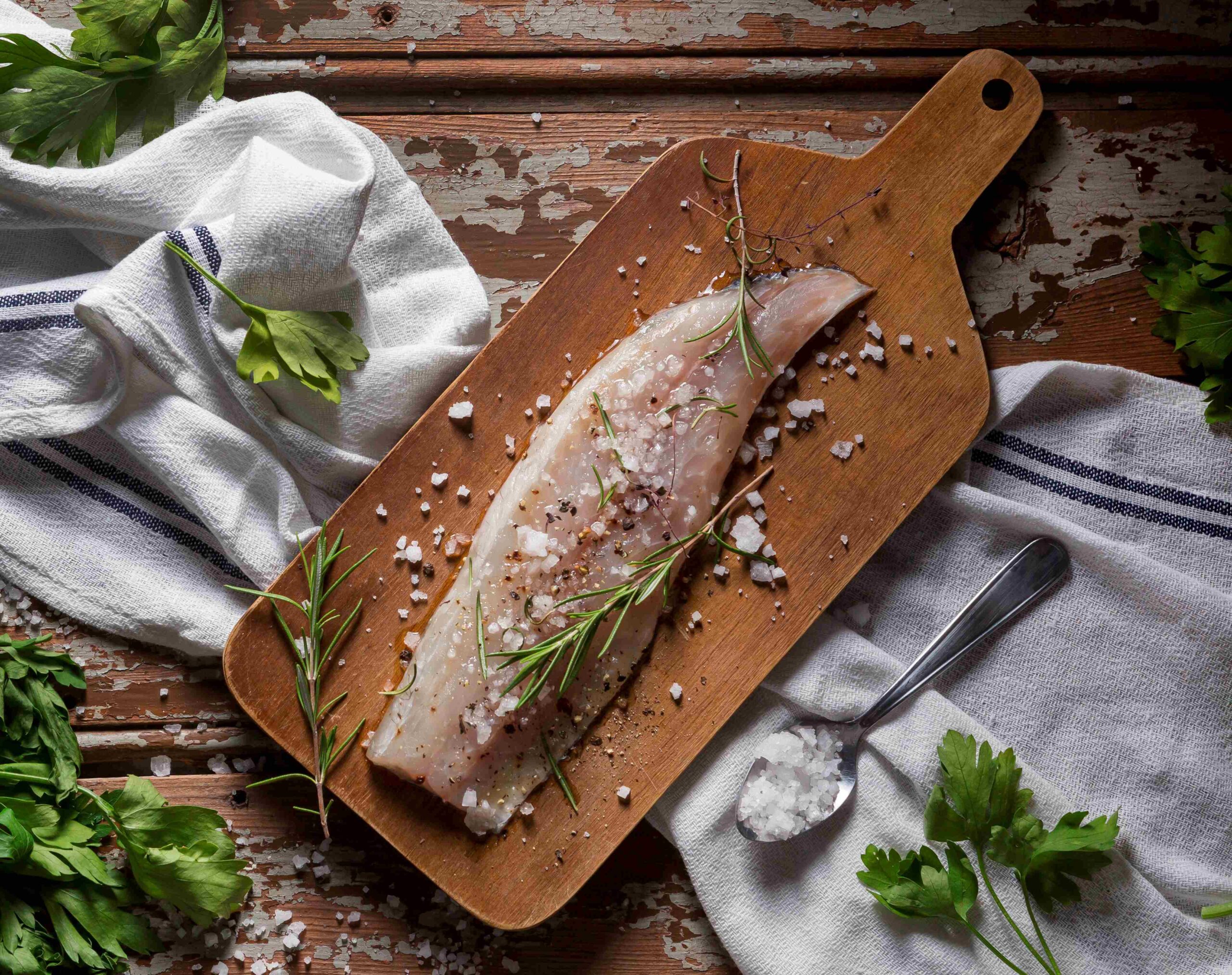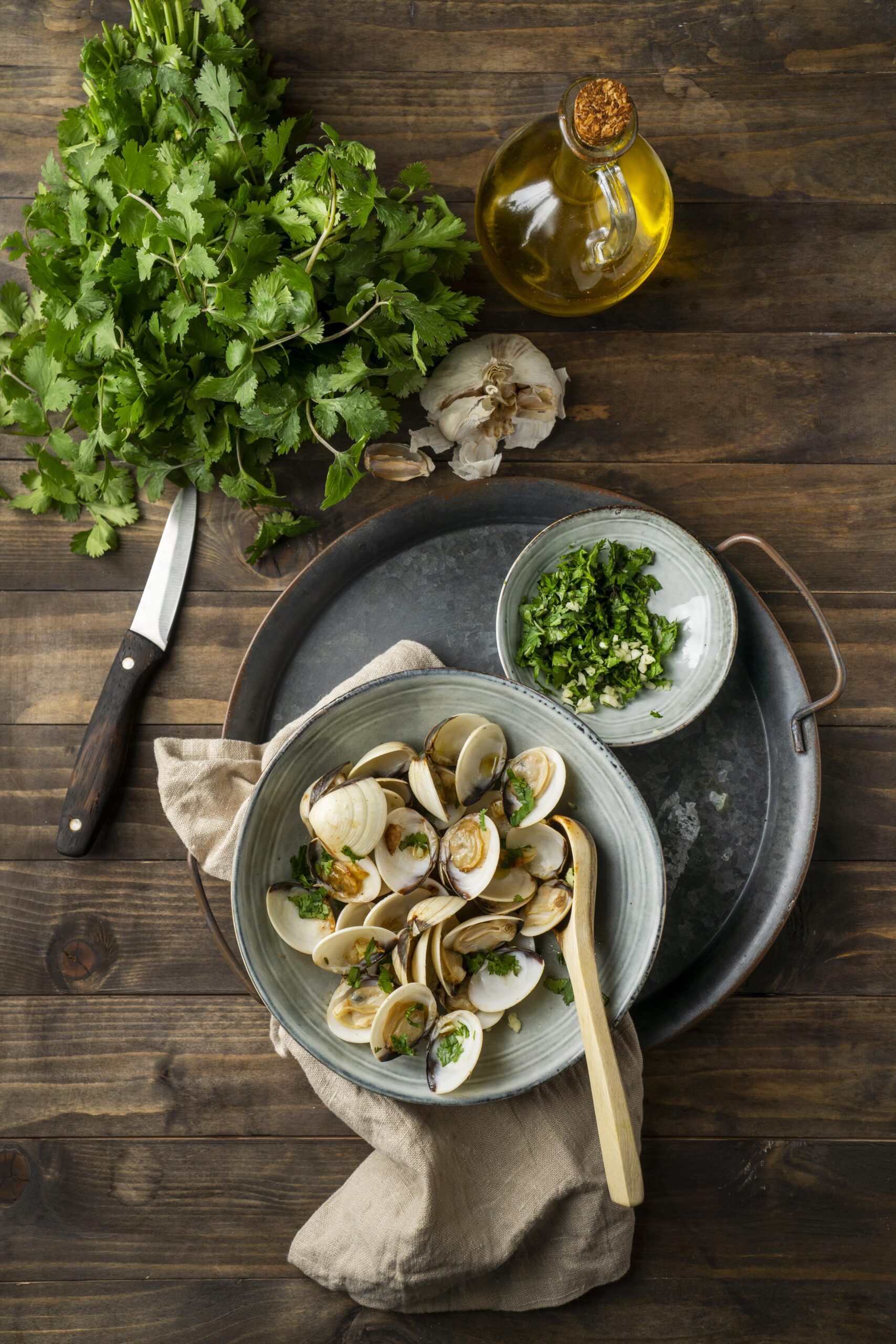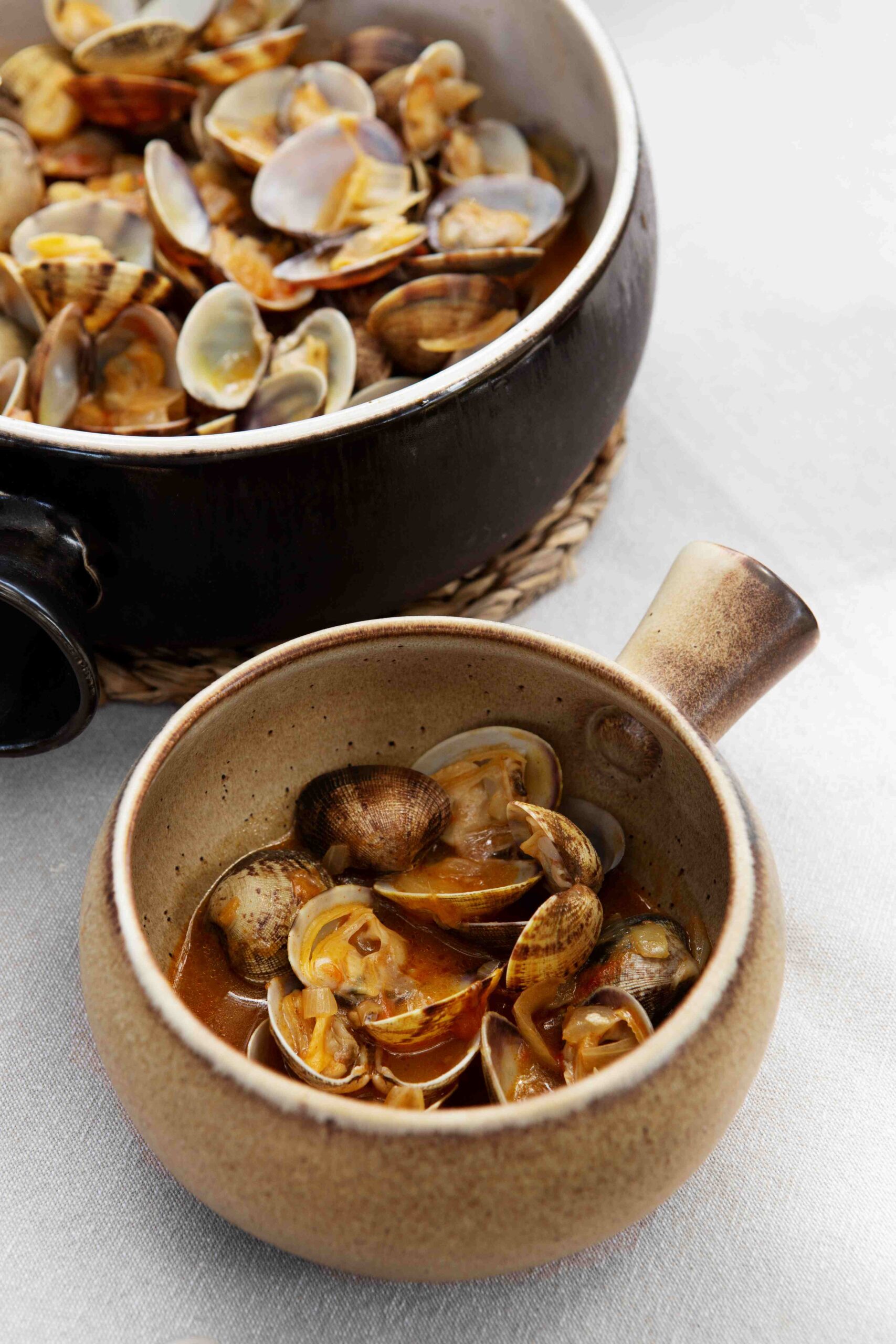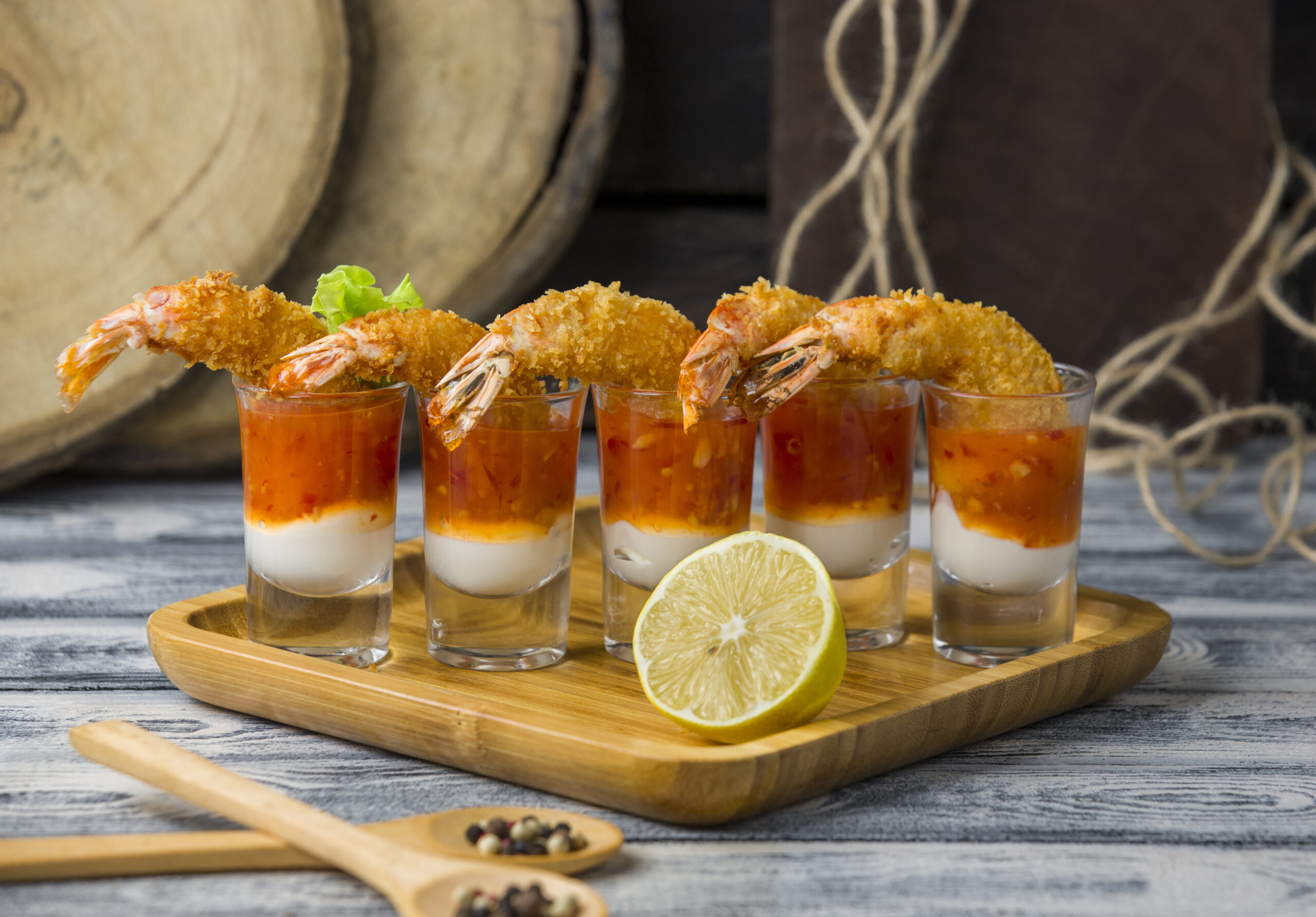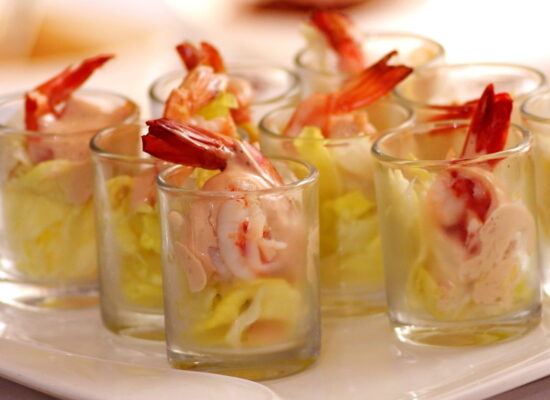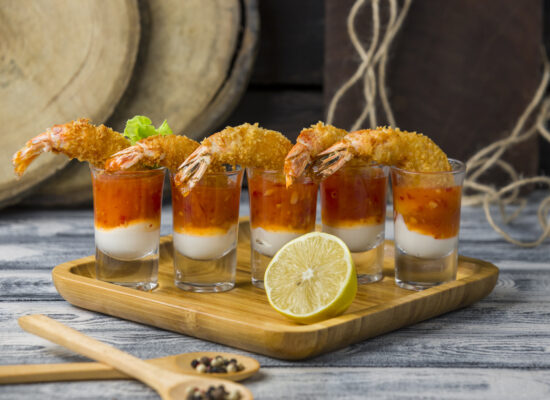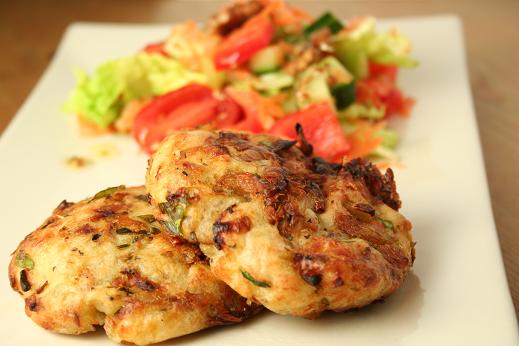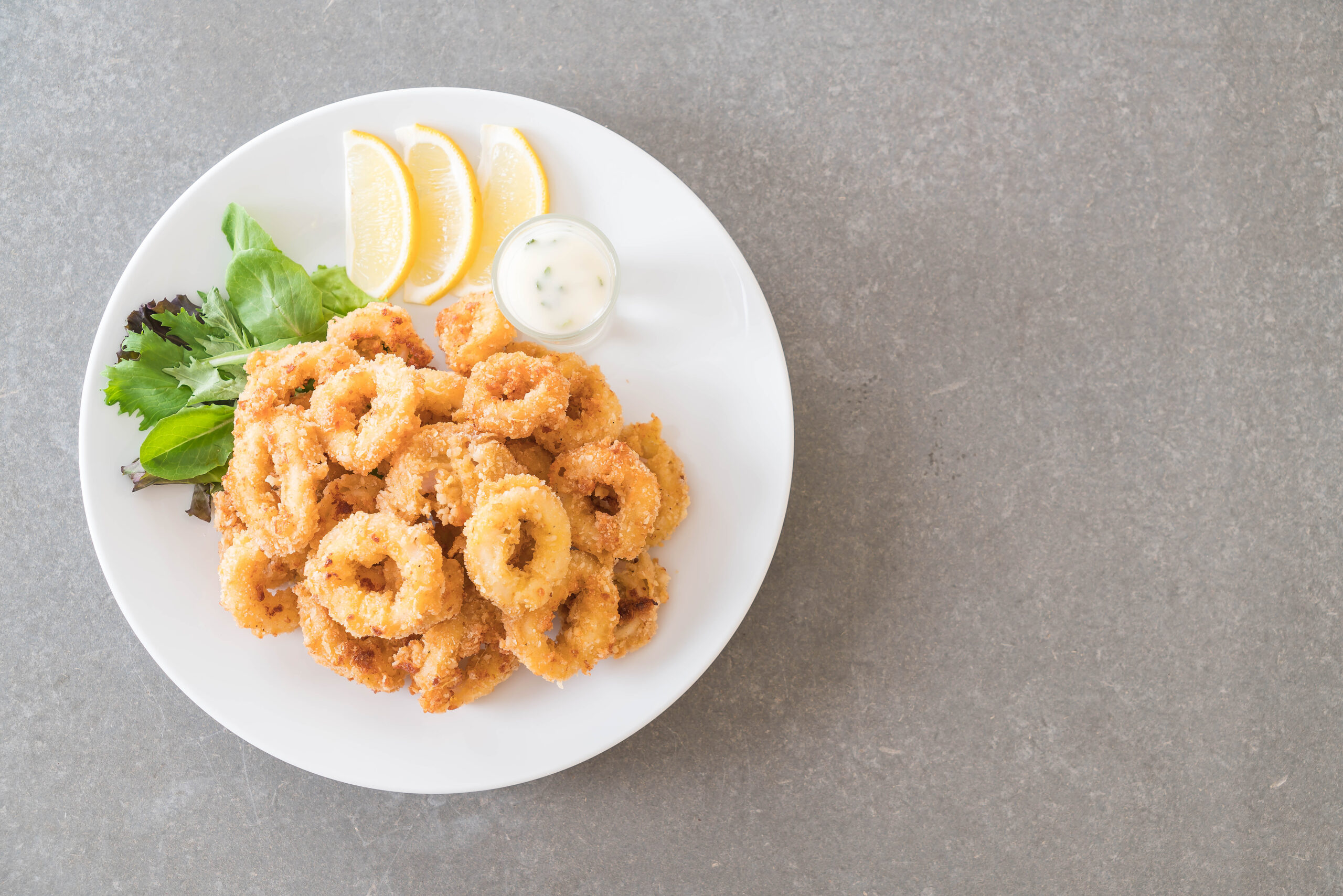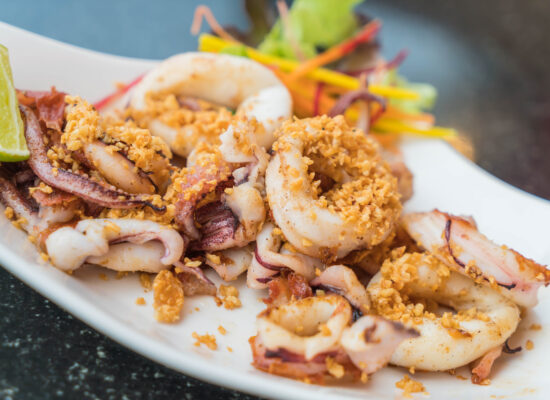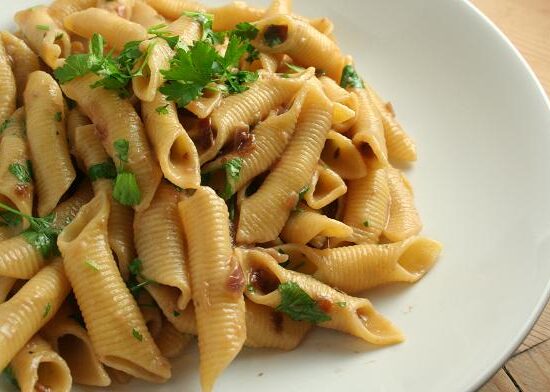Fish Fingers Delight is an easy-to-make recipe that turns a classic seafood snack into a crispy, golden treat perfect for any occasion. Whether you’re cooking for kids or adults, these homemade fish fingers are sure to be a hit. This guide walks you through the process of creating this crunchy delight for four people.
Ingredients:
For the Fish Fingers:
- 500g white fish fillets (e.g., cod, haddock, or pollock)
- Salt, to taste
- Freshly ground black pepper, to taste
- 1 cup all-purpose flour
- 2 large eggs, beaten
- 2 cups breadcrumbs (panko for extra crunch)
- 1 teaspoon paprika
- 1/2 teaspoon garlic powder
- 1 tablespoon fresh lemon juice
For the Dipping Sauce:
- 1/2 cup mayonnaise
- 1 tablespoon ketchup
- 1 teaspoon lemon juice
- 1/2 teaspoon paprika
- Salt and pepper, to taste
Instructions:
Preparing the Fish:
- Slice the Fish: Cut the fish fillets into 1-inch thick strips, ensuring all pieces are of equal size for even cooking.
- Season the Fish: Pat the fish strips dry with paper towels, then season them with salt, freshly ground black pepper, and lemon juice for added freshness.
Setting Up the Coating Station:
- Prepare the Coating: In separate bowls, place the flour, beaten eggs, and breadcrumbs mixed with paprika and garlic powder.
- Coat the Fish: Dip each fish strip first into the flour, then into the eggs, and finally into the breadcrumbs. Make sure each piece is well coated for that perfect crunch.
Cooking the Fish Fingers:
- Heat the Oil: In a large pan, heat vegetable oil over medium-high heat. The oil should be hot enough for frying but not smoking.
- Fry the Fish Fingers: Place the coated fish strips in the hot oil. Fry each side for about 2-3 minutes until golden brown and crispy. Avoid overcrowding the pan to ensure even cooking.
Making the Dipping Sauce:
- Mix the Ingredients: In a small bowl, combine mayonnaise, ketchup, lemon juice, paprika, salt, and pepper. Stir well until smooth.
- Adjust the Taste: Feel free to add more lemon juice or paprika to achieve your desired flavor profile.
Serving:
- Plate the Fish Fingers: Place the crispy fish fingers on a plate lined with paper towels to absorb any excess oil.
- Add the Sauce: Serve the fish fingers with the homemade dipping sauce and lemon wedges for an extra burst of flavor.
Cooking Tips:
- Use Fresh Fish: Fresh white fish gives the best flavor and texture. If using frozen fish, ensure it’s fully thawed and patted dry before cooking.
- Crispier Fish Fingers: For an extra crispy texture, use panko breadcrumbs instead of regular ones. You can also double-dip the fish in the egg and breadcrumbs for a thicker coating.
- Oven-Baked Option: If you prefer a healthier alternative, bake the fish fingers at 200°C (400°F) for 15-20 minutes, flipping halfway through.
Why Choose Fish Fingers?
Fish fingers are not only a family favorite but also a versatile dish that fits various occasions. They are great as appetizers, snacks, or even as a main meal when paired with fries or a fresh salad. This seafood classic is beloved for its crispy exterior and tender fish inside, offering a delightful crunch in every bite.
Fish fingers are made from white fish like cod or haddock, which are known for their mild flavor and flaky texture, making them perfect for this recipe. Whether you enjoy them with a simple dip or as part of a seafood platter, fish fingers never disappoint. For more on white fish varieties, check out Cod.
Health Benefits of Fish Fingers
Fish fingers are a source of lean protein and contain omega-3 fatty acids, which are beneficial for heart health. To maximize these benefits, use fresh fish and healthy cooking methods like baking instead of deep-frying. Including more seafood like fish fingers in your diet can contribute to a balanced and nutritious lifestyle.
White fish, such as cod and haddock, is rich in vitamins and minerals like B12, selenium, and iodine, supporting overall health and well-being. For more information on the benefits of white fish, visit Haddock.
Recipe Variations
Want to spice up your fish fingers? Try these ideas:
- Spicy Fish Fingers: Add chili powder or cayenne pepper to the breadcrumb mixture for a spicy twist.
- Herb-Crusted Fish Fingers: Mix chopped fresh herbs like parsley or dill into the breadcrumbs for a fresh, aromatic flavor.
- Cheesy Fish Fingers: Add grated Parmesan to the breadcrumb mixture for an extra cheesy, savory taste.
Fish fingers are a crowd-pleaser, bringing crispy goodness to your table. Whether you’re preparing them for a casual snack or as a main meal, these golden fish fingers are sure to be a favorite for all ages. Enjoy the perfect crunch and savor the flavors of this seafood classic!

